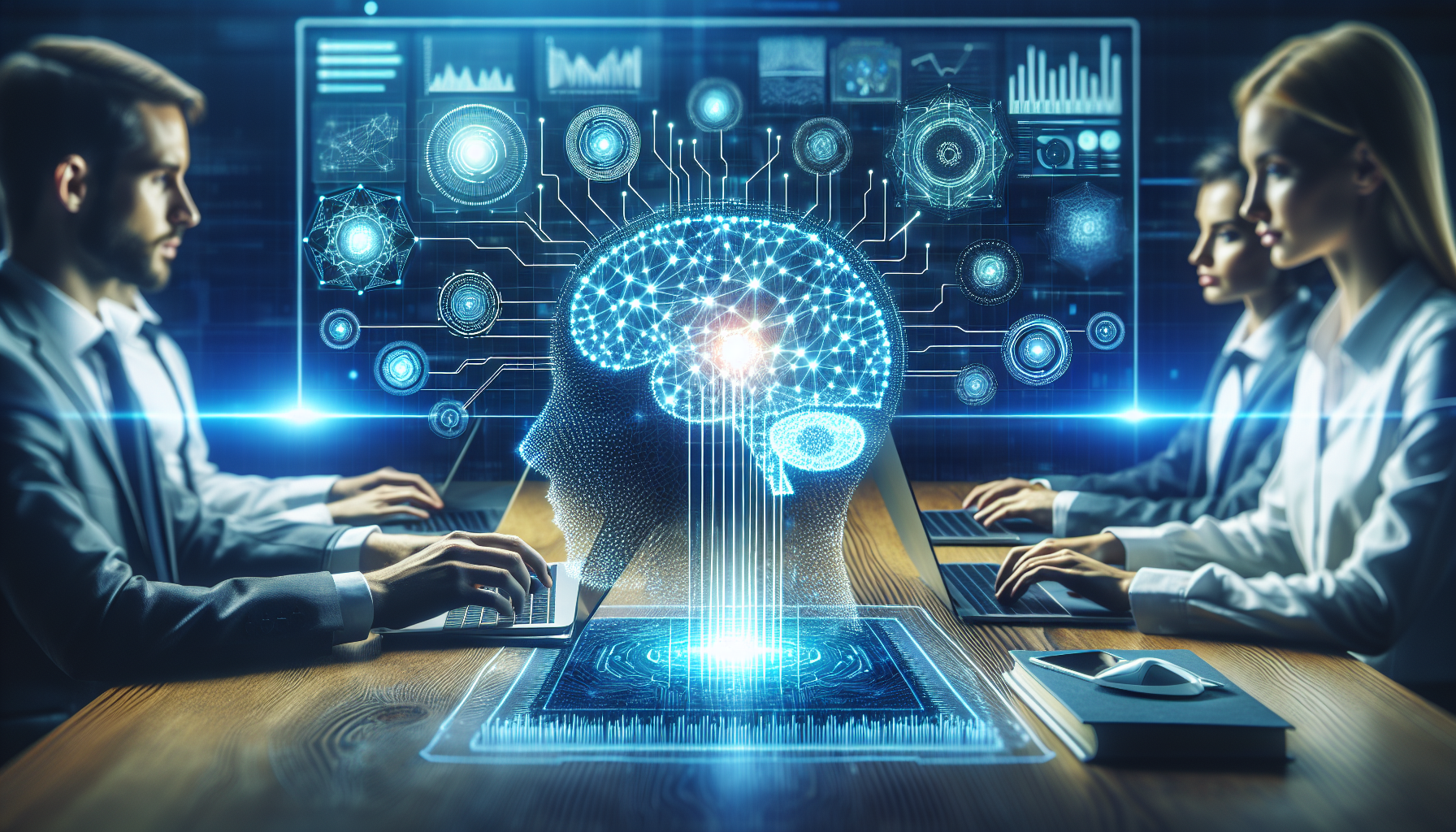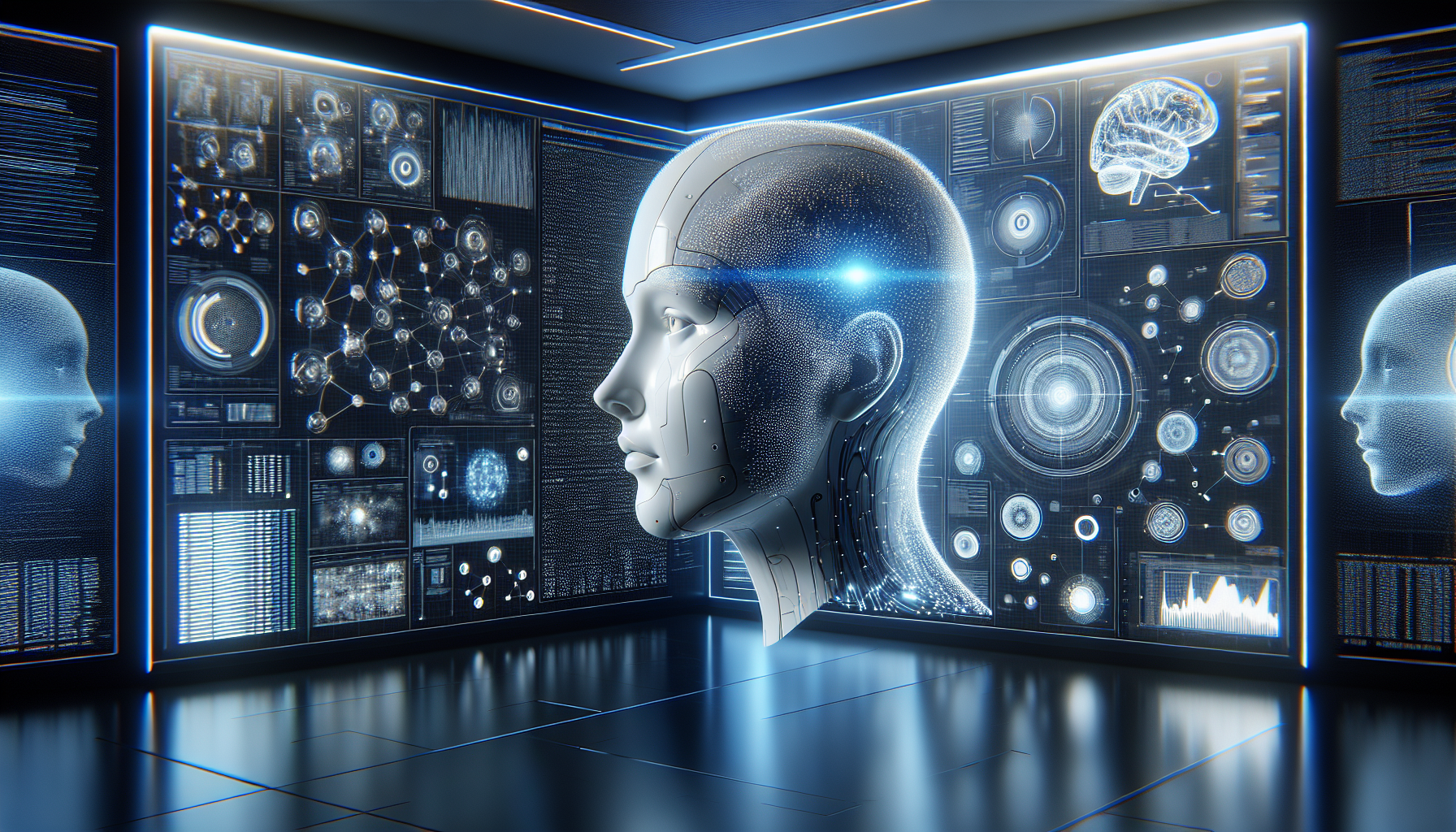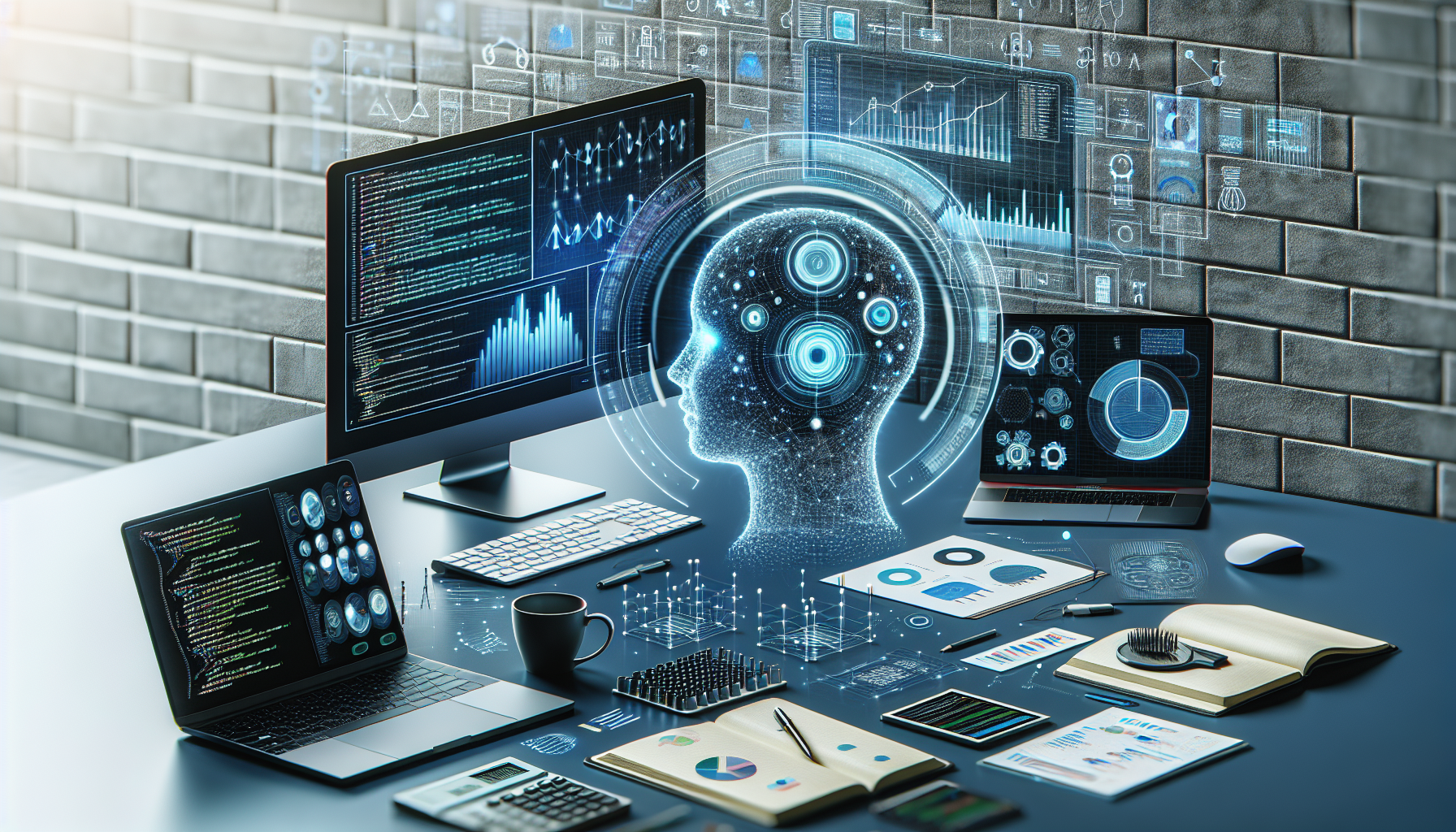
AI and Emotional Intelligence: Decoding Human Emotions in the Digital Era
July 22, 2025
Artificial Intelligence (AI) continues to shape the contours of modern society, revolutionizing sectors from healthcare to finance. Yet, one of its most intriguing frontiers remains the realm of emotional intelligence. The concept of machines interpreting, processing, and even simulating human emotions once belonged to the realm of science fiction. Today, however, it is an emerging reality that invites both fascination and scrutiny.
AI’s foray into emotional intelligence involves the development of systems capable of recognizing and responding to human emotional signals. These systems leverage advanced algorithms to analyze data gathered from facial expressions, vocal tones, and even physiological indicators like heart rate. The ultimate goal is to create machines that can engage with humans on an emotional level, enhancing user experiences and facilitating more natural interactions.
The potential applications of emotionally intelligent AI are vast. In customer service, AI can tailor responses based on the perceived emotional state of a user, potentially leading to more satisfying customer interactions. In education, AI-driven tools can adapt to the emotional responses of students, providing a more personalized learning experience. In healthcare, AI systems could offer critical support by identifying emotional distress in patients, alerting caregivers, and suggesting interventions.
A significant trend within this domain is the integration of AI with wearable technology. Devices equipped with AI capabilities can monitor and interpret physiological data, offering insights into the wearer’s emotional states. This integration is already showing promise in fields such as mental health, where it can provide real-time data to practitioners and users alike.
Despite the promise, the intersection of AI and emotional intelligence presents challenges. One significant hurdle is the complexity of human emotions themselves. Emotions are deeply personal and can vary widely from one individual to another. This variability requires AI systems to be highly adaptable and context-aware, a technological challenge that demands sophisticated machine learning models and vast datasets.
Privacy concerns also loom large in discussions about AI and emotional intelligence. The collection and analysis of emotional data raise questions about consent, data security, and the potential for misuse. As AI systems grow more adept at interpreting emotions, ensuring that these technologies are deployed ethically and transparently becomes increasingly critical.
Moreover, the cultural context plays a crucial role in emotional expression and perception. AI systems trained on data from one cultural context may struggle to accurately interpret emotions in another, underscoring the need for culturally diverse datasets. This necessity highlights the importance of inclusivity in AI development, ensuring these systems serve a global audience without bias or misinterpretation.
The ethical implications extend to the impact on human relationships. As AI systems become more emotionally responsive, there is potential for humans to form attachments to machines. This phenomenon raises philosophical questions about the nature of relationships and the potential consequences of substituting human interaction with machine engagement.
In the business sector, emotionally intelligent AI could redefine user experience paradigms. Companies are increasingly investing in AI technologies that promise to deliver not just functional, but emotionally resonant interactions. This shift towards emotional engagement aims to enhance brand loyalty and customer satisfaction by fostering deeper connections between consumers and technology.
The educational implications are equally profound. As AI systems become capable of understanding emotional cues, they could transform the educational landscape by providing real-time feedback and support to both students and educators. This capability could lead to more effective teaching strategies and improved learning outcomes, particularly in environments where individual attention is limited.
Looking ahead, the trajectory of AI and emotional intelligence suggests a future where machines not only perform tasks but also understand the emotional context in which these tasks occur. This evolution could herald a new era of technology, one that amplifies human capabilities by bridging the emotional gap between humans and machines.
As we stand on the cusp of this emotionally intelligent AI revolution, several questions arise. How will society adapt to machines that understand human emotions? What safeguards will ensure that emotional data is used ethically and responsibly? As AI continues to evolve, the answers to these questions could shape the very fabric of human-machine interaction, redefining the boundaries of empathy in the digital age.


